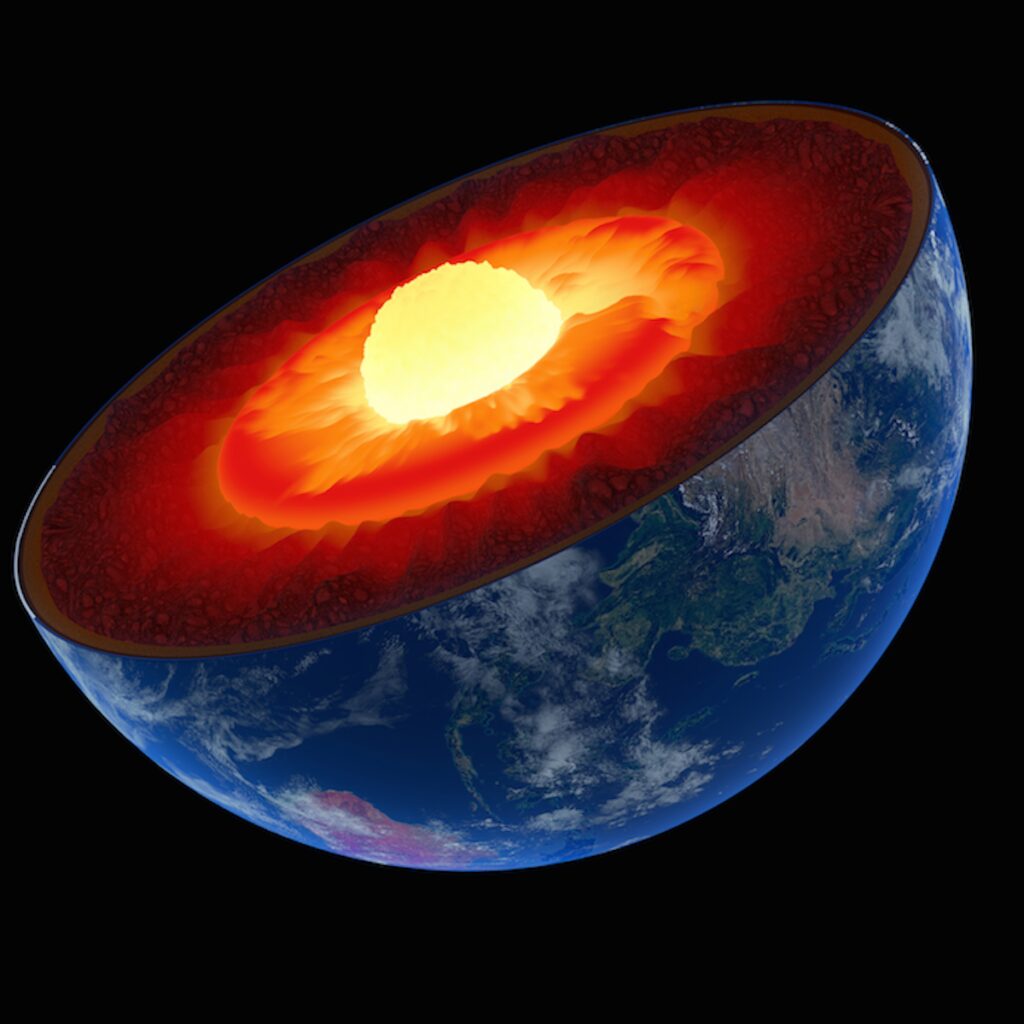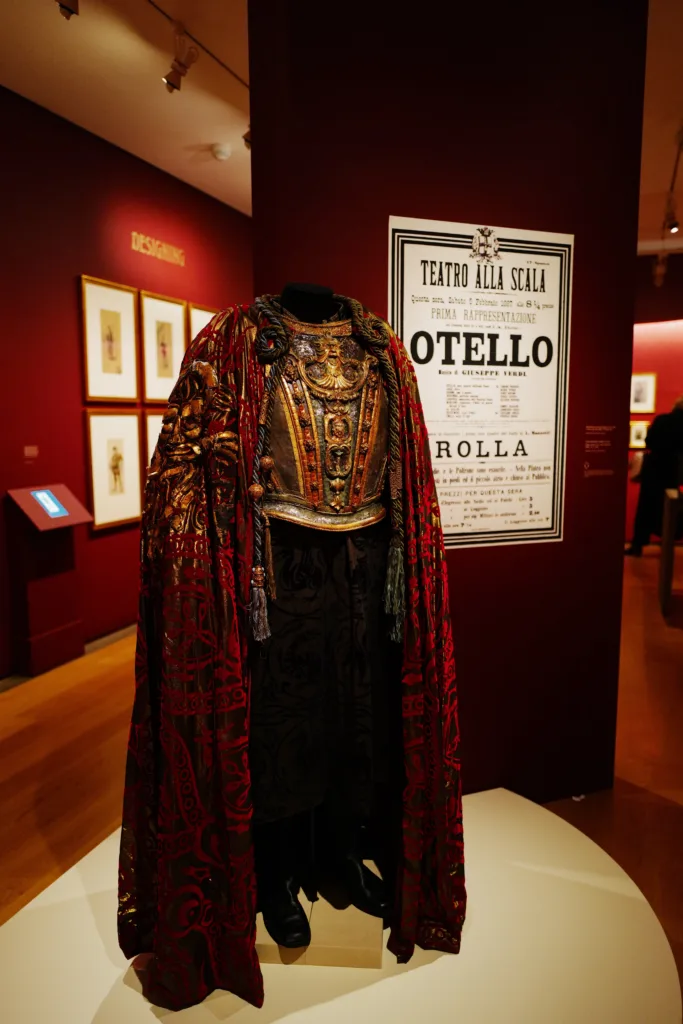Welcome to our blog about mantle and the differences between mantle and mantel! Mantle is a loose sleeveless garment worn over other clothes, a figurative cloak symbolizing preeminence or authority, or something that covers, enfolds, or envelops. For example, the parks and squares looked grim under a mantle of soot and ash. In geology, the mantle is the part of the earth that lies between the crust and the core.
Mantel on the other hand is usually used in reference to a frame around the opening of a fireplace. It can also refer to a shelf above the fireplace which may or may not be attached to it. Mantel clocks—or shelf clocks—are relatively small house clocks traditionally placed on the shelf, or mantel, above the fireplace.
The two words ‘mantle’ and ‘mantel’ are often confused due to their similar spelling and pronunciation but they have very different meanings as we can see from this post. We hope this information was useul for you in helping you understand these two terms better!
Examples of Mantle
An example of a mantle is the layer of hot, semi-solid rock that lies beween the Earth’s crust and core. The mantle is composed mostly of silicate rocks that are rich in magnesium and iron, and it is about 2,900 kilometers (1,802 miles) thick. It is divided into two distinct regions: the upper mantle, which includes the lithospheric mantle; and the lower mantle, which reaches from a depth of 660 kilometers (410 miles) to 2900 kilometers (1,802 miles). The mantle plays an important role in regulating Earth’s climate by transferring heat from deeper layers to shallower ones. It also plays an essential role in plate tectonics by causing pieces of Earth’s crust to move slowly across its surface.

The Meaning of ‘Mantle’
Mantle is a word that can refer to a physical garment, a figurative cloak of authority, or something that covers and enfolds. As a physical garment, mantle refers to a loose sleeveless garment worn over other clothes. It is similar in shape to a cloak and has been used since medieval times as both formal and informal attire. In more figurative terms, mantle can refer to the symbolic cloak of preeminence or authority that is assumed by someone when they take on a leadership role. Finally, mantle can also be used metaphorically to decribe something that covers and enfolds, such as an enveloping atmosphere or the protective layers of Earth’s surface.
The Meaning of Mantel
Mantel (also sometimes spelled mantle) is a term that can refer to two different elements related to a fireplace. Firstly, it can refer to the frame surrounding the opening of the fireplace. Generally, this mantel is made from wood, stone, or metal and can often feature decorative accents. Secondly, it can refer to a shelf above the fireplace (sometimes referred to as a mantelshelf). This shelf is typically used to display decorations or other items and may be attached or unattached from the first kind of mantel.
The Difference Between Mantel and Mantle Clocks
Mantel clocks—or shelf clocks—are the correct term for these relatively small house clocks that are traditionally placed on the shelf, or mantel, above the fireplace. The term “mantle clock” is sometimes used interchangeably with “mantel clock”, but technically it refers to a specific style of mantel clock featuring a large ornamental hood or canopy. This type of mantel clock was first developed in France in the 1750s and can be distinguished from earlier chamber clocks of similar size due to its lack of carrying handles.
The Origin of the Term ‘Mantle’
The term ‘mantle’ comes from the Latin word mantellum, which literally translates to ‘cloak.’ In Old English, the word took the form mentel, and eventually evolved to mantle due to the influence of Anglo-French mantel. This term was borrowed into early Middle English and has been used ever since to refer to a decorative covering for a fireplace or wall. The mantle is so called because it traditionally served as a kind of ‘cloak’ or cover for these architectural features.

Types of Mantle
The three types of mantle materials are stone, antique, and wood. Stone mantles are typically made from durable materials like granite, marble, or slate and come in a variety of shapes and sizes. Antique mantles are usually crafted from reclaimed wood or salvaged stone and have a beautiful, timeless look. Wood mantles can be either natural or painted and often feature intricate carvings or designs. Lastly, cast stone mantles consist of a mixture of concrete and aggregate that is poured into molds to create a unique shape.
The Significance of the Mantle of God
The mantle of God is a symbol of divine authority, leadership and protection. In the Bible, it is often used to refer to the call of God on a person’s life, and their purpose in serving Him. For example, when Elijah passed his own mantle onto Elisha in 2 Kings 2:13-14, it was a symbolic act indicating that he was bestowing upon him the prophetic office and all its attendant responsibilities. Additionally, in Isaiah 11:2-5, the symbolism of God’s mantle is used to describe His anointing on Christ for His ministry as Messiah. This idea of a mantle as a symbol of God’s divine call is also seen amog Christian leaders today who wear special vestments or robes to signify their role in leading the church.
Similarities Between Mantle and Other Words
Mantle is a noun that generally refers to something that covers, envelops or conceals. Synonyms for the word mantle include cloak, cape, manteau, capote, frock, mantilla, pelisse and mantelet. A cloak is a loose garment with a hood or large collar that can be fastened arund the neck. A cape is a sleeveless garment covering just the shoulders and fastened at the neck. A manteau is similar to a cape but with sleeves and is usually worn as part of formal attire. A capote is an outer garment with sleeves and typically has buttons down the front. A frock is a long loose garment usually reaching to the feet and typically worn by women. A mantilla is a type of lace or silk scarf that is worn over the head like a veil. A pelisse is a long coat made from fur or velvet and often lined with silk or satin. Finally, a mantelet is another name for a short cape-like outer garment which may be worn by both men and women.
Types of Mantle
The mantle is divided into two distinct layers – the upper mantle and the lower mantle. The upper mantle lies belw the crust and extends from the Moho discontinuity to 670 km beneath the Earth’s surface. It is made up of two distinct regions – the asthenosphere, a semi-plastic layer that allows for convection in the Earth’s interior, and the lithosphere, a strong but brittle layer that forms plates on which continents move. The lower mantle lies between the outer core and asthenosphere, extending from 670 km beneath the Earth’s surface to 2900 km. It is composed of dense rocks such as peridotite, dunite, and pyroxenite that are very resistant to deformation.
Uses of Mantel Testing
The mantel is one of the most important features of a fireplace, as it serves multiple purposes. Firstly, it provides a decorative framework around the fireplace, often extending up to the ceiling and featuring elaborate designs. Secondly, it acts as a hood over the fire grate to catch any smoke that may be produced from the fire. Thirdly, it can be used to display photographs, artwork or decorations. Finally, it also helps to protect the walls and flooring surrounding the fireplace from heat and sparks generated by the fire.
Location of a Mantel
A mantel is a shelf that is typically installed just above a fireplace. It is usually at the same height as the top of the fireplace and extends outward over it. The mantel is typically used to display pictures, trophies, or other items of decoration. In some homes, it can also be used to hold candles or other items that need to be kept away from the heat of the fire.
What Is the American Term for a Fireplace?
In the United States, a fireplace is commonly referred to as a hearth. A hearth is a structure made of brick, stone or metal that is designed to contain a fire. Fireplaces are used both for the relaxing ambiance they create and for heating a room. Depending on the design, modern fireplaces can vary in heat efficiency. Many Americans enjoy gathering around their fireplaces during the winter months for warmth and comfort.
The Meaning of Mantle in Old English
In Old English, a mantle (also spelled “mantel” or “mentel”) was a sleeveless cloak typically made of thick material such as wool or leather. It was popularly worn as an outer garment in cold weather, both to provide warmth and protection from the elements. The word is derived from Proto-West Germanic *mantil, which itself is derived from Latin mantēllum (meaning “covering, cloak”), and likely ultimately from Gaulish *mantos, *mantalos (meaning “trodden road”).

Conclusion
In conclusion, the term mantle has multiple meanings. In geology, it refers to the part of the Earth that lies between the crust and core. It can also mean a cloak or figurative cloak symbolizing preeminence or authority. Additionally, it is used as a noun to refer to a loose sleeveless garment worn over other clothes or a layer of something covering a surface. Finally, in relation to mantel clocks, it is used as an alternative spelling for mantel which is the frame around the opening of a fireplace and shelf above the fireplace.
